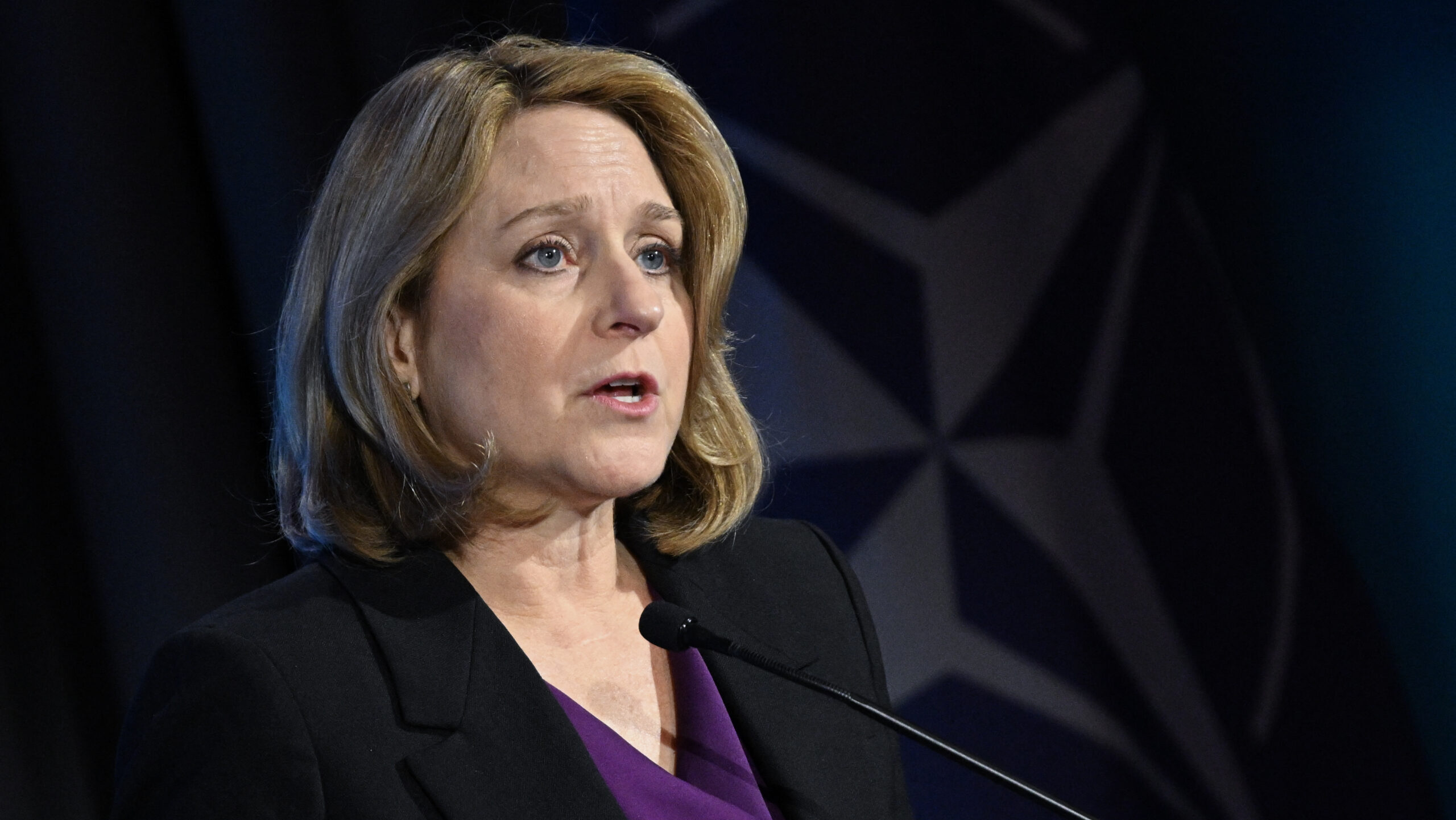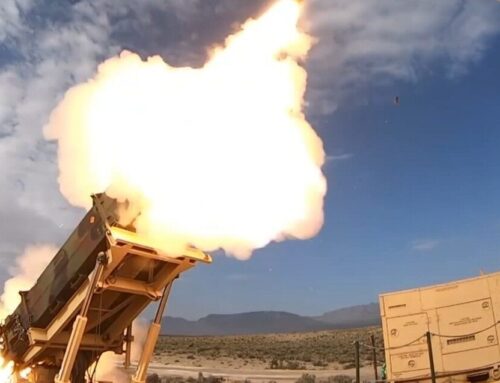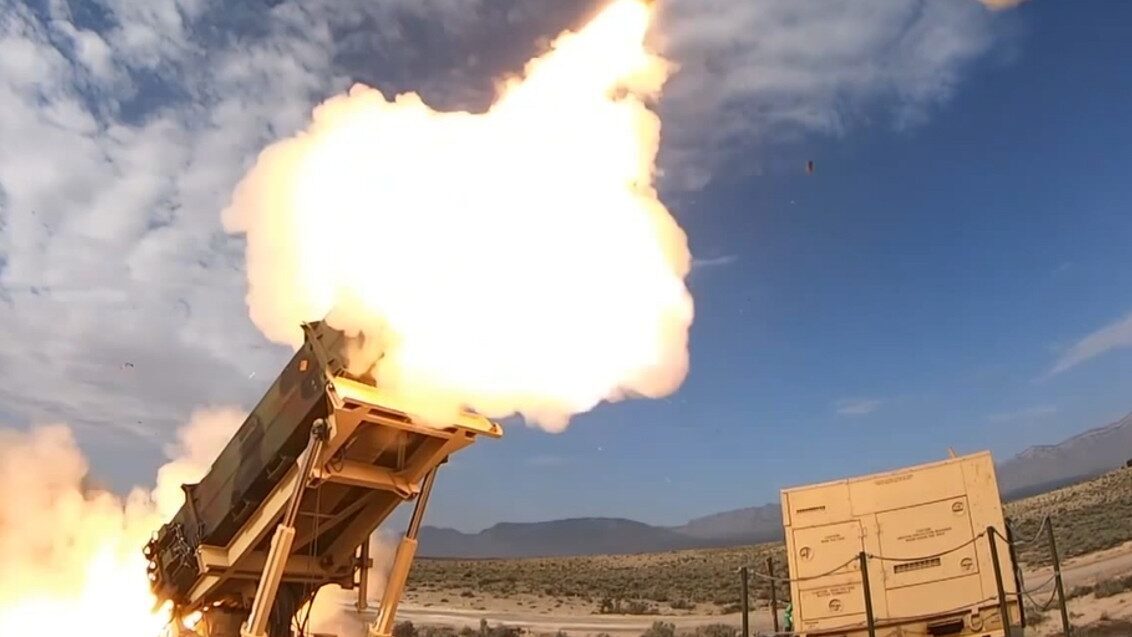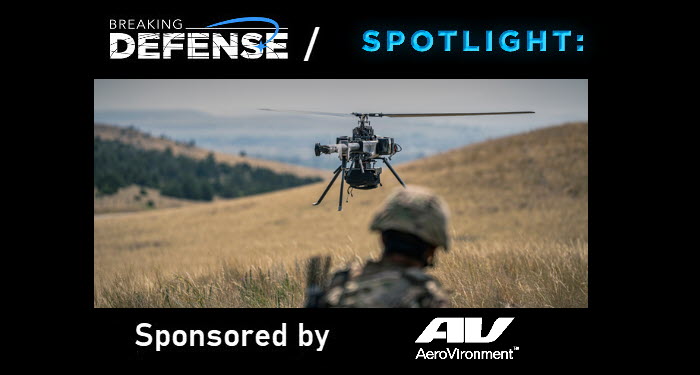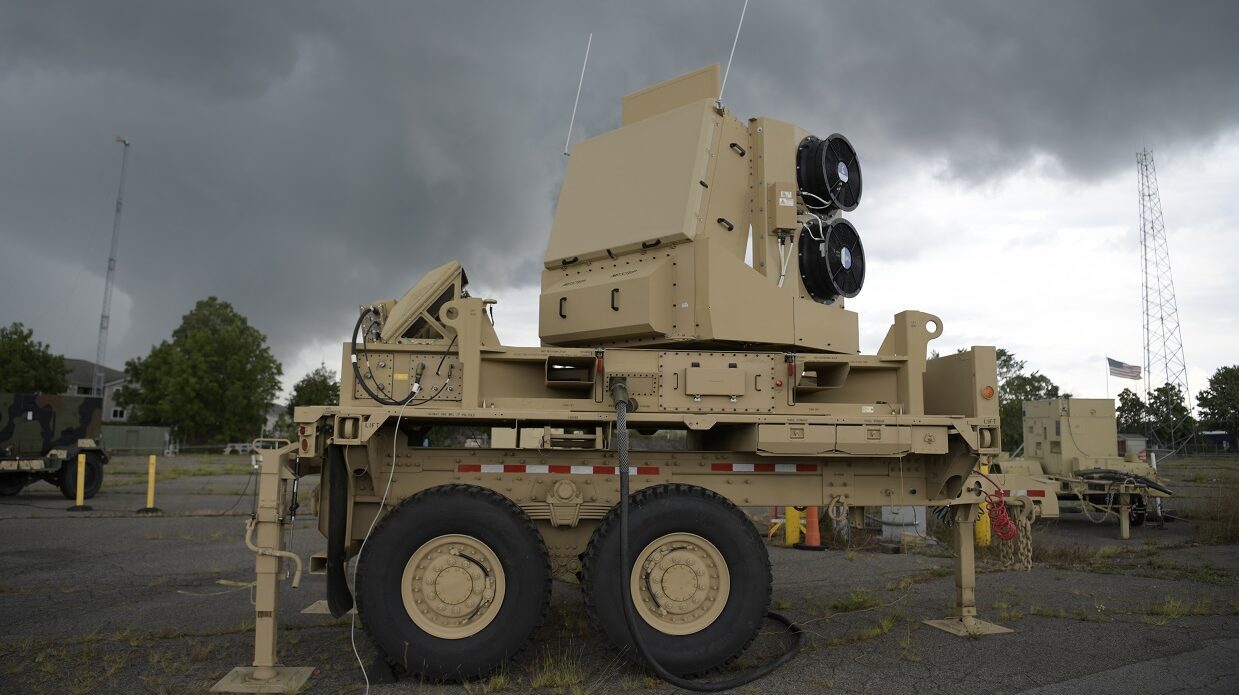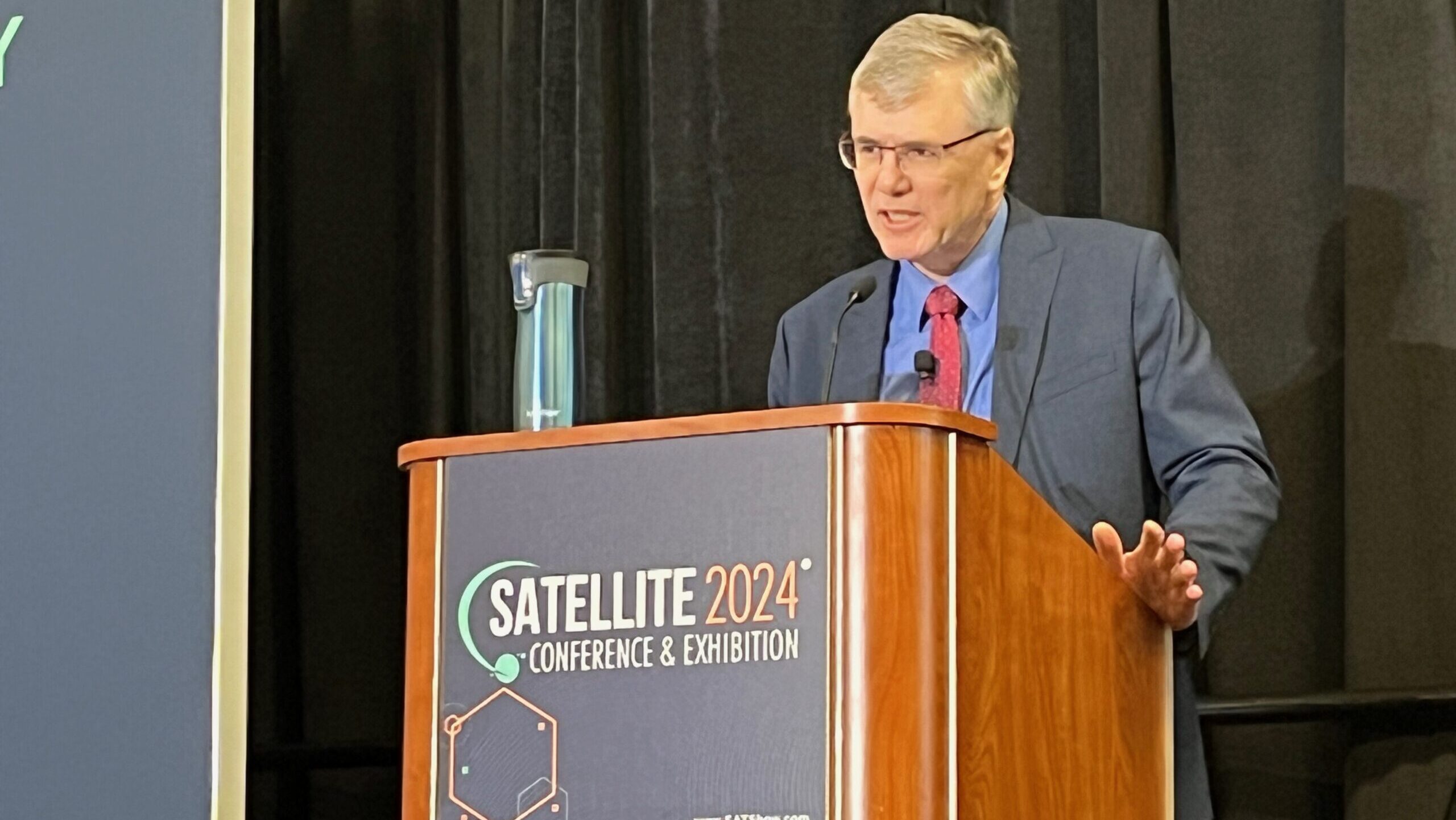US Deputy Secretary of Defense Kathleen Hicks (Photo by Drew Angerer/AFP via Getty Images)
WASHINGTON — The Defense Department today quietly published it’s newest update to the document [PDF] that assigns roles and missions to both the Space Force chief and the commander of US Space Command, with language that should plump up each of their influence with respect to joint force activities.
In particular, the new version of “DoD Directive 3100.10” — dated Oct. 15 and signed by DoD Deputy Secretary Kathleen Hicks — for the first time codifies into Pentagon policy the three primary missions for which Space Force Guardians must be organized, trained and equipped to fulfill:
(1) Provide freedom of operation for the United States in, from, and to space.
(2) Conduct space operations.
(3) Protect U.S. interests in space.
The directive also officially establishes the assistant secretary of defense for space policy as the chair of the Space Warfighting Activities group. That group, stood up last September as a coordinating body, is described by the new directive as “a forum to synchronize sensitive space activities with DoD strategic messaging, policy, and strategy.”
“DoD issuances generally aggregate and clarify signed guidance. As you know, this is a dynamic time for the space enterprise, and we are postured to continue to update our issuances as DoD policy evolution demands,” a DoD spokesperson told Breaking Defense today.
The previous version of the directive was issued in August 2022. It replaced the 2016 version (itself an update of the original 2012 directive) to reflect the creation of SPACECOM and the Space Force, as well as the 2022 accord signed last year by SPACECOM and the National Reconnaissance Office regarding their roles in defense of the spy agency’s own satellites.
DoDD 3100.10 is an internal Pentagon document, and as such it does not represent the end-all-be-all for DoD’s guidance in space. Different presidential administrations have promulgated other types of documents to guide DoD space policy over the years, in addition to National Space Strategy framework documents that capture the roles of other departments and agencies such as NASA. DoD policy is subordinate to any presidential policies and guidance.
And yet, it serves as an important role, particularly when it comes to sorting out missions inside the department at a time when the demarcation lines between the Space Force and SPACECOM, as well as among the services, remain somewhat gray.
Chief of Space Operations Responsibilities
The new directive for the first time includes a separate section on responsibilities of the chief of space operations (CSO), a job currently held by Gen. Chance Saltzman. The previous version included it within the responsibilities of the Air Force secretary.
Besides establishing the Space Force’s missions, it also puts into policy the CSO mandate as the “integrator for DoD’s Joint Space Requirements.” That role was first assigned to the Space Force chief in 2021 by the Joint Requirements Oversight Council, prompted by concerns about service coordination with regard to space under the Pentagon’s ambitious Joint All Domain Command and Control (JADC2) concept.
Finally, the new version of the directive drops the specific tasking of responsibility to the CSO included in the 2022 version for “[p]roviding advocacy and proposing requirements for joint space training and
education topics in the appropriate Military Department venues.”
US SPACECOM Commander
The previous version of the DoD space policy directive laid out five distinct responsibilities for the SPACECOM commander, currently Space Force Gen. Stephen Whiting. The new versionincreases that total up to nine.
The four new taskings are:
Serves as the joint lead CCMD [combatant command] for integrating and synchronizing joint space training and education.
Synchronizes and deconflicts global offensive and defensive space operations in
coordination with other CCMDs; the Military Services; U.S. Government departments and
agencies, allies, and partners; and other entities in accordance with joint campaign objectives.
Serves as a member of the SAC [Space Acquisition Council].
Serves as the DoD manager for NASA human spaceflight support operations.
Perhaps the most important change included in the new DoDD 3100.10 language is that SPACECOM is now empowered not just to synchronize the space operations of the other combatant commands, but also ensure the various regional commands are not duplicating or even canceling out each other’s battlefield actions.
The language is also notable for the specific reference to “offensive” as well as “defensive” operations — the word offensive is not included in the 2022 version.


